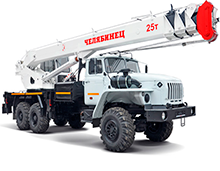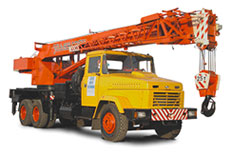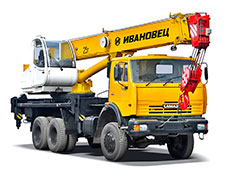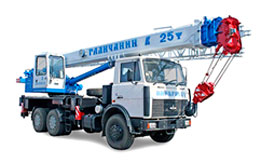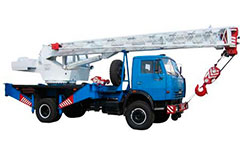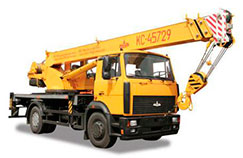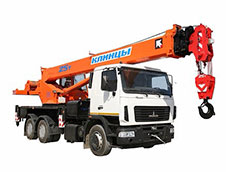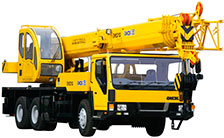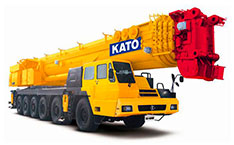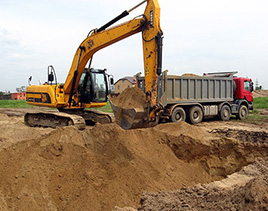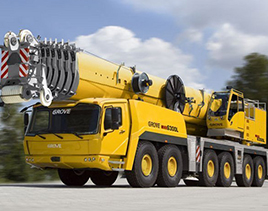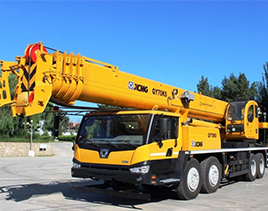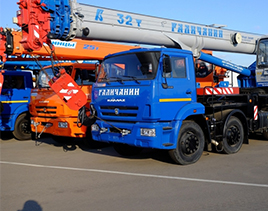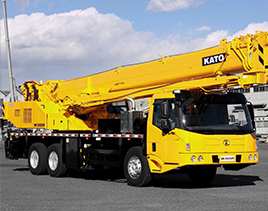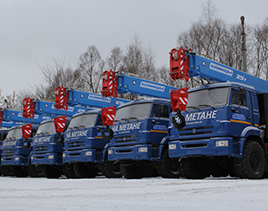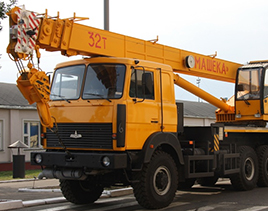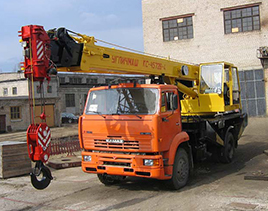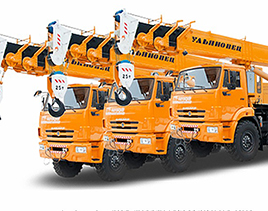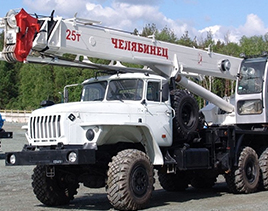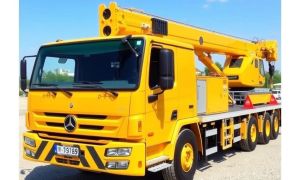When it comes to operating mobile cranes, safety and efficiency are the pillars that every operator must prioritize. A crucial tool that underpins both is the load chart for mobile cranes. But what exactly are load charts, and why are they so essential? Whether you’re a seasoned crane operator, a site manager, or even someone new to the field, understanding load charts for mobile cranes can make a significant difference in how lifts are planned and executed. In this article, we’ll dive deep into what load charts are, how to read them properly, and why they’re indispensable when working with these powerful machines.
What Is a Load Chart for Mobile Cranes?
At its core, a load chart is a graphical representation that details the lifting capacity of a mobile crane under various configurations and operational conditions. It’s like a map and rulebook combined—it tells you how much weight a mobile crane can safely lift depending on factors such as boom length, radius, angle, and crane configuration.
A load chart for mobile cranes is more than just numbers. It’s a safety guide ensuring that cranes aren’t overloaded, which can lead to catastrophic failures, equipment damage, or even fatal accidents. Every mobile crane, whether it’s a truck-mounted crane, rough terrain crane, or all-terrain crane, comes equipped with its own specific load chart issued by the manufacturer.
Understanding this chart means an operator can make informed decisions, plan lifts effectively, and steer clear of hazardous situations.
Why Are Load Charts So Important?
Using a load chart is not just about meeting regulatory requirements—it’s fundamental to the safe and efficient operation of mobile cranes. Here are several reasons why load charts play such a vital role in crane operations:
- Safety Assurance: Prevents overloading which could cause crane tipping or structural failures.
- Compliance: Meets OSHA, ANSI, and other regulatory standards.
- Optimal Use of Equipment: Helps achieve lifts within the crane’s capacity limits.
- Risk Management: Minimizes damage to the crane, load, and surrounding structures.
- Operational Efficiency: Enables more precise lift planning and resource allocation.
Without properly consulting the load chart for mobile cranes, operators risk operating beyond machine limits, which can have dire consequences.
Key Components of a Mobile Crane Load Chart
Reading and understanding load charts may seem daunting at first because they contain various technical details. However, once you familiarize yourself with the key components, the process becomes much clearer. Most load charts for mobile cranes include the following sections:
1. Crane Configuration Details
Each load chart begins with specifying the crane configuration—this might include whether the outriggers are fully extended, partially extended, or retracted, the boom length, and the type of boom attachments being used (like jib attachments).
2. Lifting Capacities by Radius
Probably the most critical part of the chart, this section indicates the crane’s lifting capacity at different boom radii (the horizontal distance from the center of rotation to the load). The lifting capacity decreases as the radius increases.
3. Boom Length and Angle
Load charts usually indicate capacity limits based on boom length and angle. The charts often include diagrams showing boom angles or provide data tables correlating boom length with lifting capacities.
4. Load Weight and Load Radius Table
A table format is commonly used to display the relationship between load weight, load radius, and crane stability. This helps operators quickly glance at the values relevant to their lift.
5. Crane Stability Information
This part may show restrictions based on crane stability, highlighting how different operating conditions affect load capacity.
6. Notes and Safety Warnings
Every load chart concludes with essential notes, including warnings about limitations, environmental factors, and required safety precautions.
How to Read a Load Chart for Mobile Cranes
Now that we know the components of a load chart, let’s walk through the steps of reading one correctly. This process is crucial for ensuring a safe lift.
Step 1: Identify Your Crane Model and Configuration
Always make sure you’re looking at the load chart designed for your specific crane model and configuration. Refer to the manufacturer’s manual to confirm the version you are using.
Step 2: Determine the Crane Setup
Establish your crane’s setup at the job site. Note whether outriggers are extended and the boom configuration, including length and attachments. This impacts the available lifting capacity.
Step 3: Measure the Load Radius
Calculate the horizontal distance from the crane’s rotation center to the load. This radius is essential as it dramatically affects how much the crane can safely lift.
Step 4: Find the Boom Length and Angle
Check the boom length and angle, either from the crane’s onboard display or manually. Then locate the corresponding values on the load chart.
Step 5: Locate the Capacity on the Chart
Using the load radius and boom length, find the maximum lifting capacity for those conditions. Be sure not to exceed the stated limits.
Step 6: Apply Safety Factors and Conditions
Consider any applicable safety factors, such as wind speeds, ground conditions, and load dynamics. These may reduce your available capacity further.
Common Types of Load Charts for Mobile Cranes
Mobile cranes come in various types, and their load charts are tailored to specific features and uses. Understanding the different load charts is important to select the right chart for your situation.
| Crane Type | Description | Load Chart Characteristics |
|---|---|---|
| Truck-Mounted Cranes | Cranes mounted on trucks, offering high mobility and versatility. | Charts include outrigger positions and boom length variations; often show capacities for different road and terrain conditions. |
| Rough Terrain Cranes | Designed for off-road tasks, featuring large tires and 4-wheel drive. | Charts emphasize outriggers usage and terrain stability; load capacities reduce substantially without outriggers. |
| All-Terrain Cranes | Hybrid cranes capable of both on and off-road operation. | Load charts cater to different operational modes; outrigger configurations highly influence capacities. |
| Carry Deck Cranes | Small cranes with a compact design used in tight workspaces. | Load charts focus on short boom lengths and radius, with frequent references to counterweight configurations. |
Factors That Affect Load Capacity According to Load Charts
While the load chart for mobile cranes provides essential guidance, various factors can affect actual lifting capacity. Keeping these in mind is necessary to ensure safe operations.
- Outrigger Position: Fully extended outriggers maximize capacity, while retracted outriggers reduce stability and lifting limits.
- Ground Conditions: Soft or uneven ground may limit crane capacity due to instability risks.
- Wind Speed: High winds require reducing loads significantly to prevent tipping.
- Boom Length and Angle: Longer boom lengths and smaller boom angles reduce lifting capacities.
- Load Dynamics: Moving or swinging loads generate dynamic forces beyond static weights on the chart.
- Temperature and Weather Conditions: Extreme conditions might influence hydraulic performance or structural integrity.
Tips for Safe Use of Load Charts on the Job
To maximize safety and efficiency when using load charts for mobile cranes, consider these best practices:
1. Always Use the Manufacturer’s Current Load Chart
Cranes may have updated load charts after modifications or inspections, so ensure you’re referencing the most recent data.
2. Conduct Regular Training and Refresher Courses
Operators and riggers should frequently review how to interpret load charts correctly to avoid mistakes.
3. Factor in Environmental and Site-Specific Conditions
Adjust lifting plans if site conditions differ significantly from ideal assumptions on the load chart.
4. Double-Check Measurements Before Lifts
Accurate measurement of radius, boom length, and load weight is crucial. Inaccurate inputs can lead to unsafe lift planning.
5. Incorporate a Safety Margin
Plan lifts with a safety margin below the maximum capacity to accommodate unforeseen factors.
6. Collaborate Closely with a Certified Rigger
Rigging professionals can offer additional insight and validation based on the load chart.
Common Misconceptions about Load Charts for Mobile Cranes
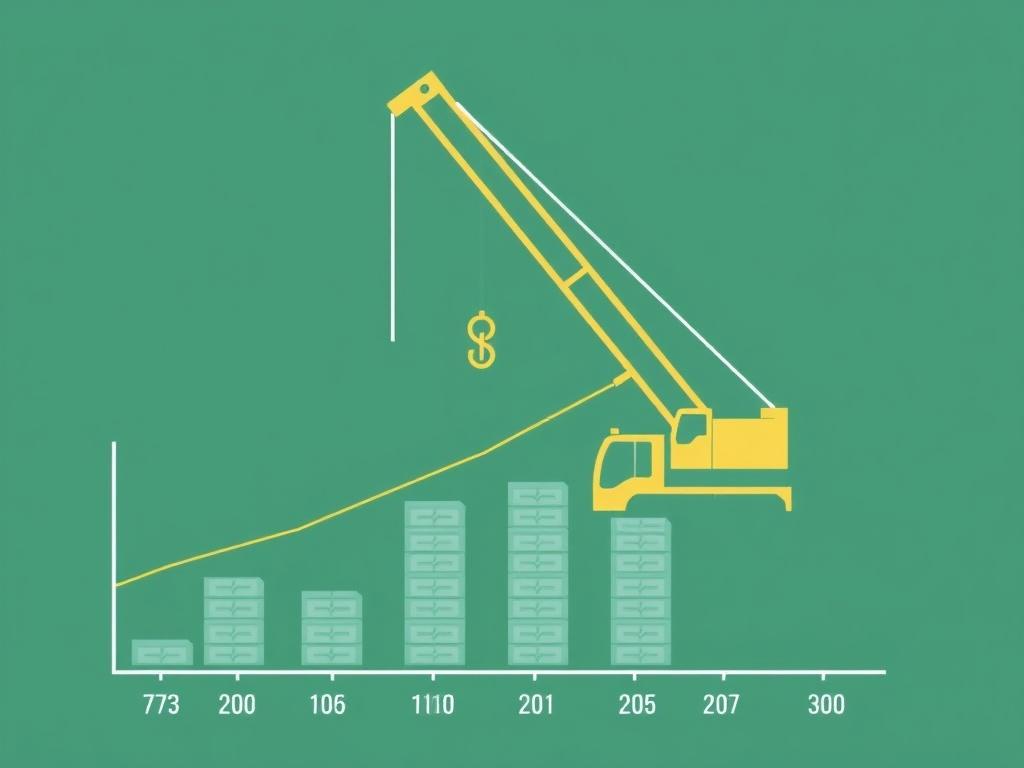
Despite their importance, some misunderstandings about load charts persist, putting operations at risk. Let’s clarify a few of these points:
- “Load charts only matter for heavy lifts.” Even small lifts can be risky if the crane’s capacity is exceeded under certain configurations.
- “Once I’ve set the boom angle and length, I’m good to go.” Load radius and environmental factors still heavily impact safe capacities.
- “Load charts apply regardless of ground conditions.” Ground stability can drastically affect crane behavior and must be accounted for separately.
- “I can extrapolate load capacities beyond chart limits.” Always adhere strictly to manufacturer data—exceeding chart values can cause instability.
How Technology Is Improving Access to Load Charts
Modern advancements are making load charts more user-friendly and accessible in the field. Many mobile cranes now feature digital displays and crane management systems that automatically calculate load capacities in real-time based on sensors measuring boom parameters and radius.
Moreover, mobile apps and software platforms allow operators to access electronic load charts instantly, check configurations, and ensure compliance right on their devices. This technological integration reduces human error and enhances decision-making processes during complex lifts.
Summary Table: Quick Reference for Reading Load Charts
| Step | Action | Purpose |
|---|---|---|
| 1 | Identify crane model and configuration | Ensure correct load chart is used |
| 2 | Determine crane setup (outriggers, boom) | Establish operational limits |
| 3 | Measure load radius accurately | Find applicable capacity values |
| 4 | Check boom length and angle | Locate correct capacity on chart |
| 5 | Refer to load capacities and limits | Plan safe lifting load |
| 6 | Consider environmental factors and safety margins | Adjust lifting plan for conditions |
Conclusion
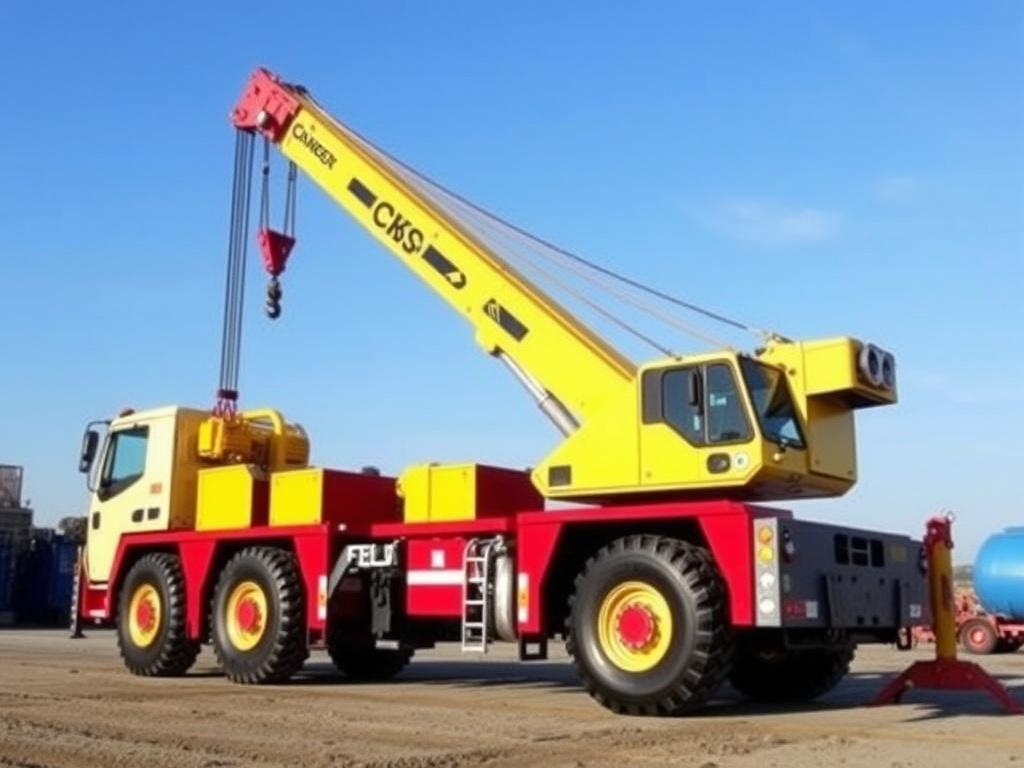
Understanding load charts for mobile cranes is more than just a technical skill—it’s a cornerstone of safe, efficient, and reliable crane operation. These charts serve as a visual and numerical guide that help operators navigate complex lifting scenarios by outlining clear parameters for weight, radius, boom length, and configuration. With respect to environmental and operational factors, adherence to load charts not only protects equipment and personnel but also optimizes project timelines and budgets. Whether you’re operating a rough terrain crane or an all-terrain crane, taking the time to master load charts will pay dividends in safety and performance. Always remember that these charts are living guides that require vigilance, attention, and respect—not just to meet regulations but to ensure life-saving safety on the jobsite.

